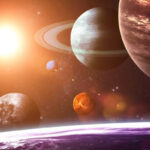We explain what the Asteroid Belt is, where it is located and how it originated. Also, what are its characteristics and the history of its exploration.
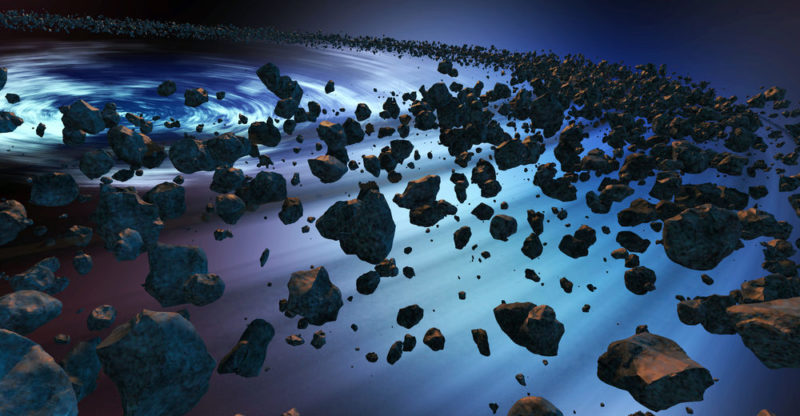
What is the Asteroid Belt?
The Asteroid Belt is a region of the solar system located between the orbits of the planets Mars and Jupiter, where a significant number of asteroids are found.. Asteroids are rocky or metallic bodies smaller than planets, and the belt is like a kind of “ring” formed by these objects that orbit the Sun.
Thus, the Asteroid Belt separates the small rocky planets of the solar system (Mercury, Venus, Earth and Mars) from the gas giants (Jupiter, Saturn, Uranus and Neptune).
The size of the asteroids in the belt is very varied: they can range from small rocks to celestial objects hundreds of kilometers in diameter. The largest asteroid is called Vesta and is 525 kilometers in diameter.
Characteristics of the Asteroid Belt
The Asteroid Belt has the following characteristics:
- It was formed after the creation of the solar system.
- It is located between the orbits of Mars and Jupiter.
- It is made up of millions of asteroids of different sizes.
- The largest asteroid in the belt is called Vesta and was discovered in 1807.
- Fragments of asteroids can reach Earth as meteorites.
- It is made up of asteroids of three types (C, S and M), according to their composition.
Formation of the Asteroid Belt

The most accepted theory about the origin of the Asteroid Belt suggests that it could be a planet that never finished forming.. During the creation of the solar system, fragments of cosmic dust called planetesimals formed through a process of particle joining together. Over time, some of these planetesimals became the planets we know today.
However, it is believed that Jupiter’s enormous gravitational influence did not allow other planetesimals to come together to form a planet, that is, it prevented the material from joining together into a single planetary body. Instead, they collided and fragmented.
For this reason, between Mars and Jupiter there is not a planet, but rather a large number of small celestial bodies that make up the Asteroid Belt.
Composition of the Asteroid Belt
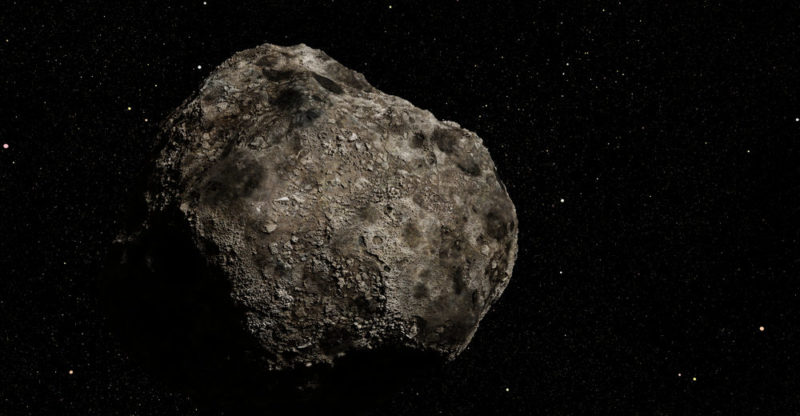
The Asteroid Belt is made up of a wide variety of asteroids, which can be classified into three main categories based on their composition:
- C-type asteroids. They receive that name because they are made mainly of carbon. They make up about 75% of the asteroids in the belt and are dark.
- S-type asteroids. They receive that name because they are made mainly of silicon. They make up about 17% of the asteroids in the belt. They are rocky and metallic, they are closer to the Sun and are relatively bright.
- M-type asteroids. They receive that name because they are made mainly of metals. They make up about 8% of the asteroids in the belt and are rich in nickel and iron.
Additionally, there are some asteroids that do not fit into any of these main categories and are classified as type X.
Location and orbit of the Asteroid Belt
The Asteroid Belt is located between the orbits of Mars and Jupiter, approximately 400 million kilometers from the Sun..
Although the belt contains a large number of asteroids, the distances between them are large enough that there is a lot of empty space between each one. As these distances are enormous compared to their individual sizes, and as each has its own orbit around the Sun, direct collisions between them are relatively rare.
However, gravitational interactions between asteroids and Jupiter, the nearby gas giant, can affect the asteroids’ orbits and, in some cases, can cause collisions or changes in their trajectories.
Main belt asteroids
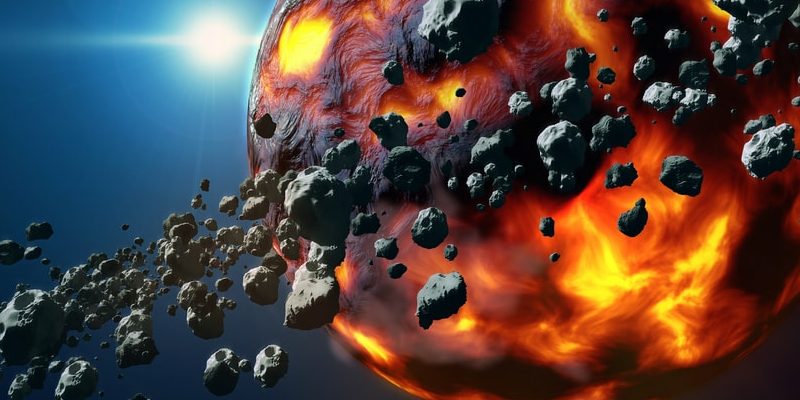
It is estimated that there are more than one million asteroids orbiting the Sun in the belt.. Since most of them are very small, it is very difficult to accurately estimate their quantity.
The five largest asteroids in the belt are:
- Vesta. It is the largest asteroid and the only one that can be seen with the naked eye from Earth under certain conditions. It has a diameter of 525 kilometers. It was discovered by Heinrich Olbers in 1807.
- Pallas. It is the second largest asteroid and has a diameter of 490 kilometers. It was discovered by Heinrich Olbers in 1802.
- hygieia. It is the third largest asteroid and has a diameter of 450 kilometers. It was discovered by Annibale de Gasparis in 1849.
- Interamnia. It is the fourth largest asteroid and has a diameter of approximately 316 kilometers. It was discovered by Vincenzo Cerulli in 1910.
- Europe. It is the fifth largest asteroid and has a diameter of approximately 302 kilometers. It was discovered by Hermann Mayer Salomon Goldschmidt in 1858.
Asteroids and meteorites
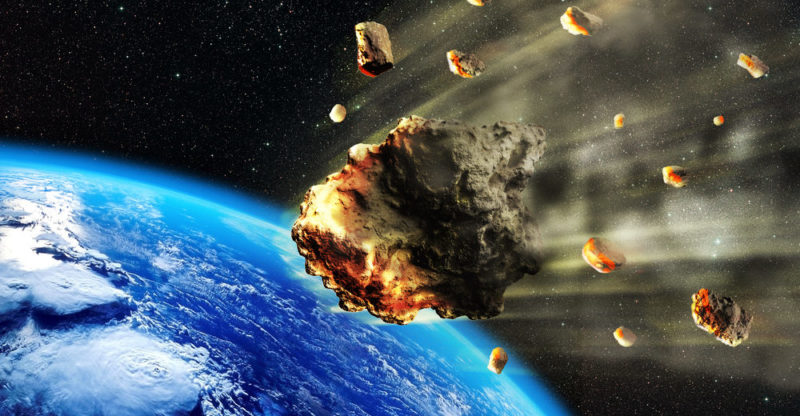
Although there are a large number of asteroids, collisions between them are not very frequent. Detection and monitoring of asteroid collisions are mainly based on telescopic observations from Earth. Variations in luminosity or changes in the orbit are data that allow us to know the occurrence of collisions.
The main consequence of asteroid collisions is the generation of smaller fragments, called meteoroids. These meteoroids, upon entering the Earth’s atmosphere, can generate luminous phenomena known as meteors or shooting stars. On rare occasions, some larger fragments can reach the Earth’s surface as meteorites.
Although the possibility of a meteorite directly impacting Earth is low, there have been very important impacts throughout history. The most significant occurred at the end of the Cretaceous period, approximately 66 million years ago, and is known as the Cretaceous-Paleogene (K-Pg) extinction event, which caused the disappearance of 75% of the species that lived on Earth. .
Observation and exploration of the Asteroid Belt
The discovery of the first asteroid, Ceres, marked the beginning of knowledge about the Asteroid Belt. Giuseppe Piazzi discovered Ceres on January 1, 1801. At first, Piazzi thought he had found a new planet, but as more similar objects were discovered in the same region, it was learned that they were part of an asteroid belt. Today, Ceres is no longer considered an asteroid, but rather a dwarf planet.
Throughout the 19th century, several astronomers, such as Heinrich Olbers, Karl Harding, and Annibale de Gasparis, discovered other asteroids in the belt. The use of telescopes and more advanced observation techniques contributed to the study of celestial objects.
The introduction of astronomical photography in the 19th century allowed for more effective and accurate documentation of the position and movement of asteroids. This made it easier to identify and track more asteroids in the belt.
Direct exploration began in the space age with missions like NASA’s Dawn probe. Dawn visited and studied Vesta and Ceres, providing information on the composition and geological history of these bodies.
References
- Manzanares City Council. (2024). The Asteroid Belt. Solar system walk. https://www.manzanares.es/
- NASA Science. (2021). What is an asteroid? https://ciencia.nasa.gov/
- National Geographic. (2023). 5 facts you didn’t know about asteroids. https://www.nationalgeographicla.com/
- StarWalk. (2022). Asteroid belt: a planet that never formed. https://starwalk.space/


